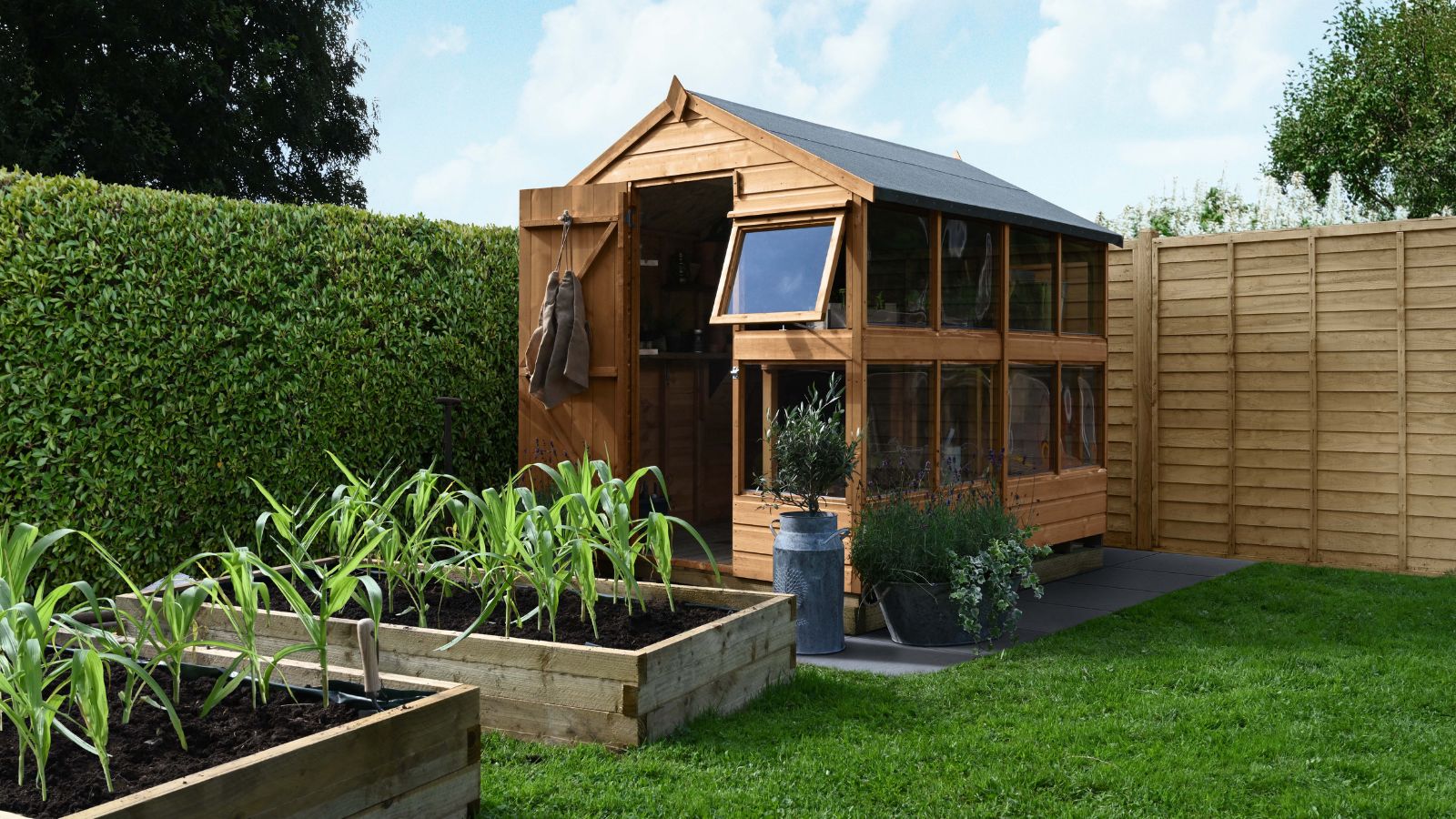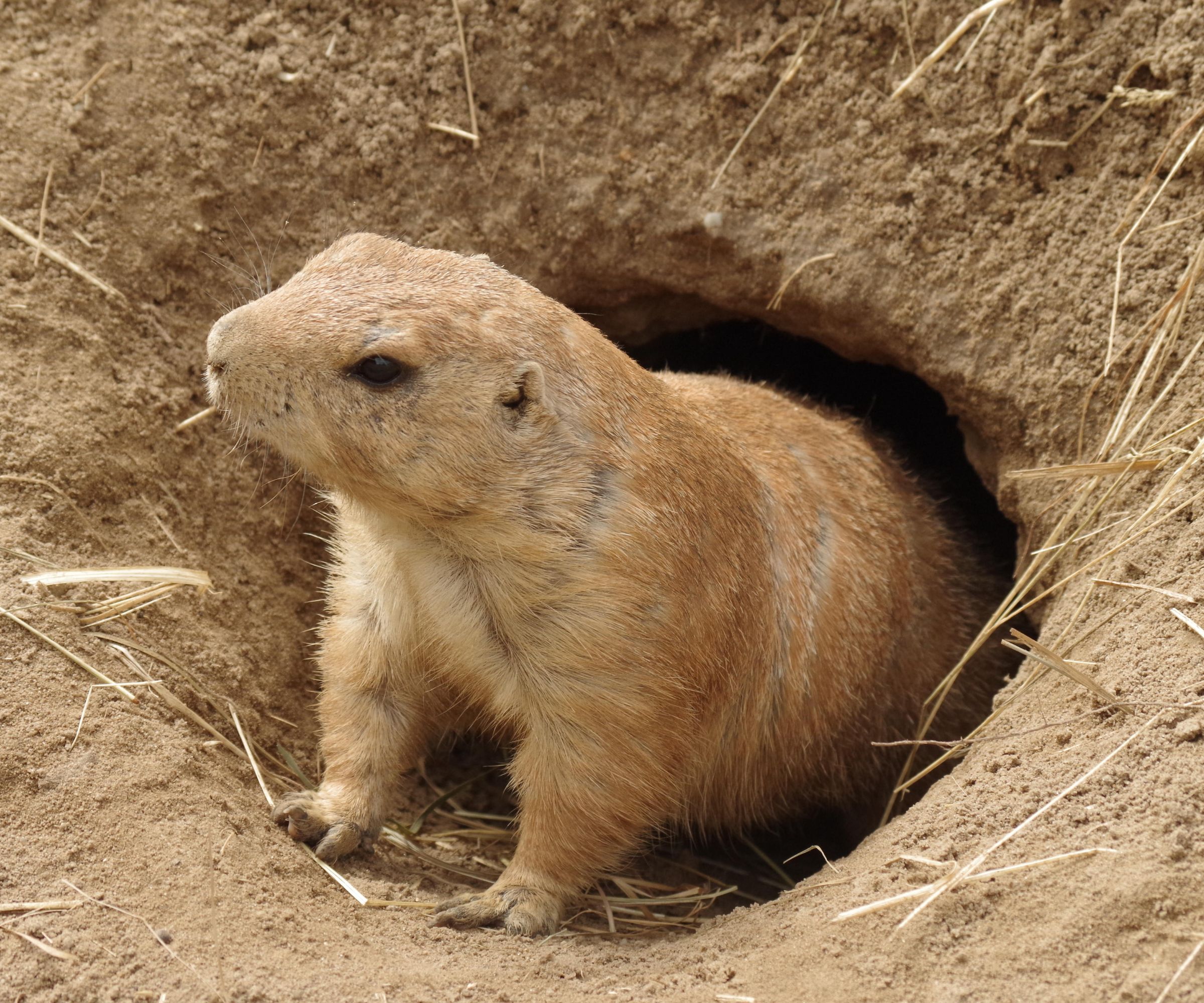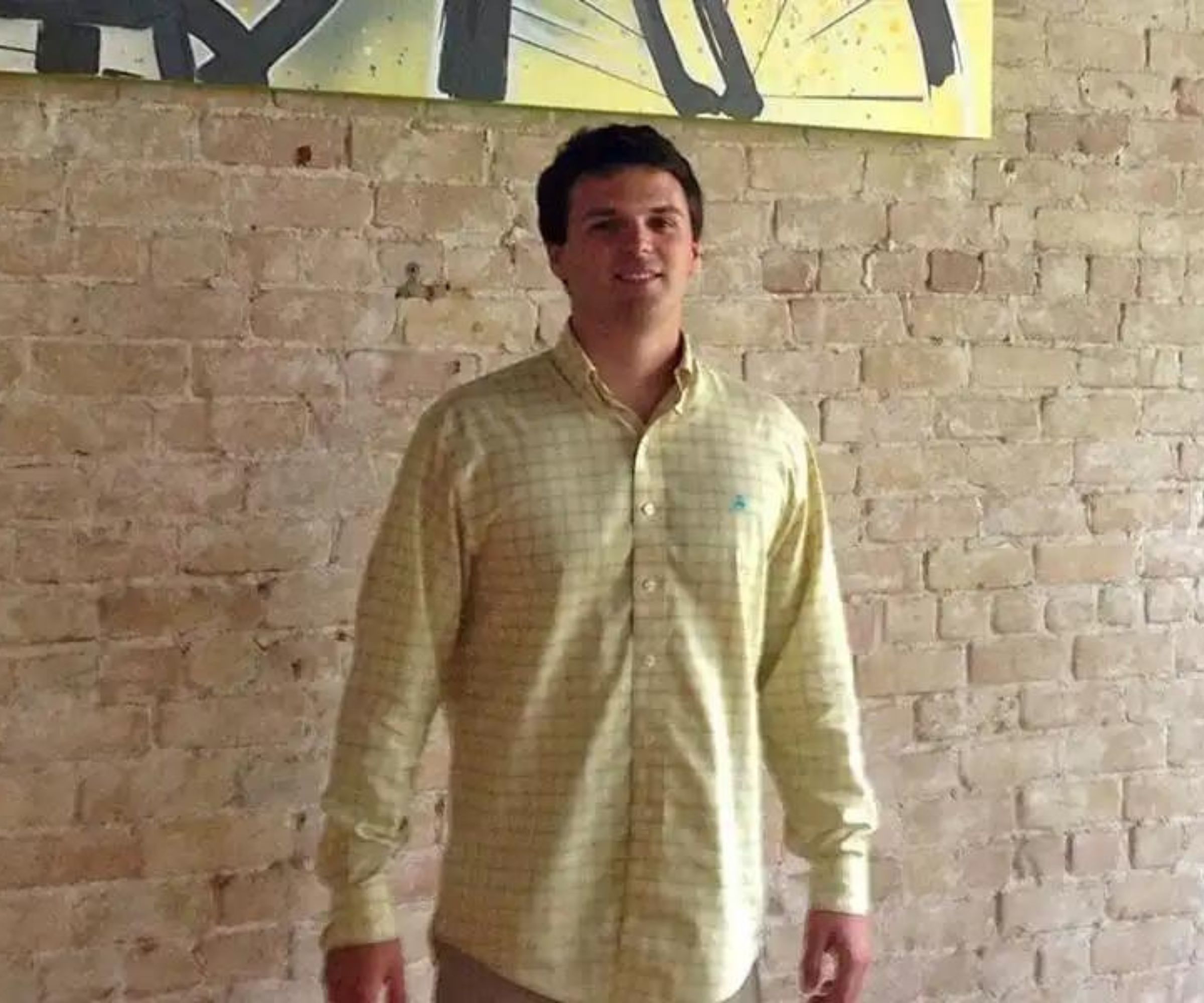How to get rid of groundhogs under your shed – according to professionals
How to naturally and humanely remove these pesky animals from under your shed


Getting rid of groundhogs, also known as woodchucks, that have taken up residence under your shed can be a challenging task.
Although they are usually completely harmless to humans or pets, these burrowing
animals can cause damage to your property and garden and are well known for digging along the foundations of sheds and decks, so it's important to address the issue promptly.
Our experts have recommended the best and most humane solutions that should have you groundhog-free soon.
How to get rid of groundhogs under your shed
Groundhogs are burrowing rodents that can dig extensive tunnels. You'll know you have a groundhog problem if you notice large, burrow-like openings near the shed's foundation or beneath it.
Groundhogs are active during the day and are identifiable by the distinctive whistle-like call they make when they feel threatened.
If you have identified them in your garden, the next step is to remove them.
1. Assess the situation

Before taking any action, inspect your property for any attractants that may be drawing groundhogs. These can include overgrown vegetation, fallen fruit from trees, or easily accessible garbage. Next, deal with these attractants, for example by trimming overgrown vegetation around the shed, removing fallen fruit from your garden promptly, and securing bins with tight-fitting lids. We recommend this EAST OAK 62 Gallon Outdoor Trash Can from Amazon.
Doing this makes your property less appealing to groundhogs and discourages their presence from underneath your shed.
2. Live trapping

'The most effective way I have found to get rid of a groundhog under a shed is to trap it,' says Dan Bailey, garden expert at WikiLawn. 'You can spend weeks trying to chase them off with all kinds of methods, but physically trapping the groundhog in a live trap and relocating it away from your property is the most surefire method for moving them along. Then, you can install some chicken wire around the base of your shed to prevent groundhogs or other critters from taking up residence again.'
However, before taking any action, you must first locate all the entrances to the groundhog burrow under your shed. Groundhogs often have multiple entrances and exits. All but one accessible primary entrance should be blocked with wooden boards, wire mesh, or fencing.
Austin Fain, owner of Perfect Steel Solutions instructs, 'You can use a one-way door or a live trap to capture the groundhog. Place the one-way door or trap near the primary entrance. Ensure it is set up properly according to the manufacturer's instructions.
'If using a live trap, bait it with something like fresh vegetables or fruits, which are attractive to groundhogs.
'Check the trap frequently, at least once a day, to see if you've caught the groundhog. If you use a one-way door, make sure the groundhog has exited the burrow.'
3. Use natural deterrents

There are a number of natural deterrents that can be used to discourage the presence of groundhogs.
Epsom salts are one of the best natural ways to deter groundhogs from your yard. Jeremy Yamaguchi, CEO of Lawn Love says, 'The epsom salt method for getting rid of groundhogs is simple – sprinkle epsom salt around the burrow entrances. It’s the smell of it that groundhogs don’t like, and it won’t harm them, which is why this method is humane. You just have to remember to re-sprinkle some salt after any rain or major wind storm, as well as just every other week or so just to ensure that it doesn’t dissolve or get blown away.'
Some spices and essential oils, such cayenne, garlic, and peppermint oil, also repel groundhogs. You can mix peppermint oil or spices with water and sprinkling it around your garden and shed, close to groundhog tunnel entrance. You can find peppermint essential oil at Amazon.
Ryan Farley, CEO of LawnStarter adds, 'In terms of keeping groundhogs away, some people will opt for scent-based options like pouring ammonia around the shed or dumping hair clippings to scare them off with human scent.'

Ryan Farley is the CEO of LawnStarter, a lawn care service founded in 2013 and based in Austin, Texas.
4. Call a professional

If these methods don't seem to be working or if you're uncomfortable with trapping groundhogs, seek the assistance of pest control professionals who deal with the removal of wildlife. This is the safest way to ensure the humane removal of these animals.
How to prevent future groundhog infestations from under your shed?
To prevent future groundhog infestations, consider implementing exclusion measures, such as wire mesh around the base of the shed and extended underground to stop groundhogs from burrowing back in. Ensure there are no openings in the shed's foundation that could be used as an entry point.
'Ideally, you would move your shed, re-grade the ground under it, and add a layer of heavy stones, about one-inch diameter,' says Ryan Farley, CEO of LawnStarter. 'This will remove any empty spaces under the structure and make it hard to dig out a new one. If you can't manage all this, you can block holes with large stones or chicken wire.'
You can also plant groundhog-resistant plants around your shed such as hyacinths, castor bean, and daffodils to discourage the presence of groundhogs from under your shed.
You can find hyacinths at Burpee.
Sign up to the Homes & Gardens newsletter
Design expertise in your inbox – from inspiring decorating ideas and beautiful celebrity homes to practical gardening advice and shopping round-ups.

Lola Houlton is a news writer for Homes & Gardens. She has been writing content for Future PLC for the past six years, in particular Homes & Gardens, Real Homes and GardeningEtc. She writes on a broad range of subjects, including practical household advice, recipe articles, and product reviews, working closely with experts in their fields to cover everything from heating to home organization through to house plants. Lola is a graduate, who completed her degree in Psychology at the University of Sussex. She has also spent some time working at the BBC.
-
 How a British designer brought together the different tastes of a couple wanting to create the dream future-proofed home in the idyllic Italian countryside
How a British designer brought together the different tastes of a couple wanting to create the dream future-proofed home in the idyllic Italian countryside‘They wanted a house that would feel immediately like home the minute they arrived, and somewhere relaxing to spend time together as a family and entertain friends.’
By Fiona McCarthy
-
 What is your birth month herb? Discover the symbolic meaning behind yours
What is your birth month herb? Discover the symbolic meaning behind yoursHerbs offer symbolic wisdom, and play to the natural rhythms of the season
By Lola Houlton